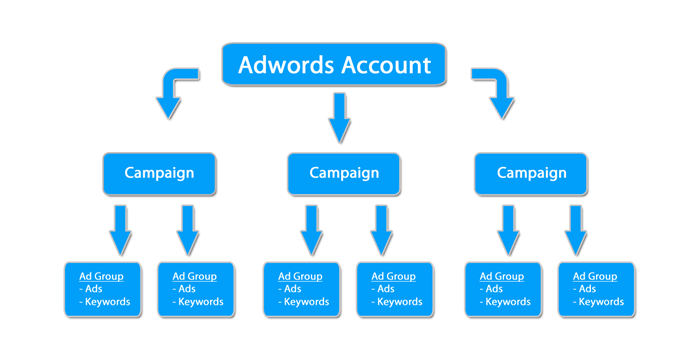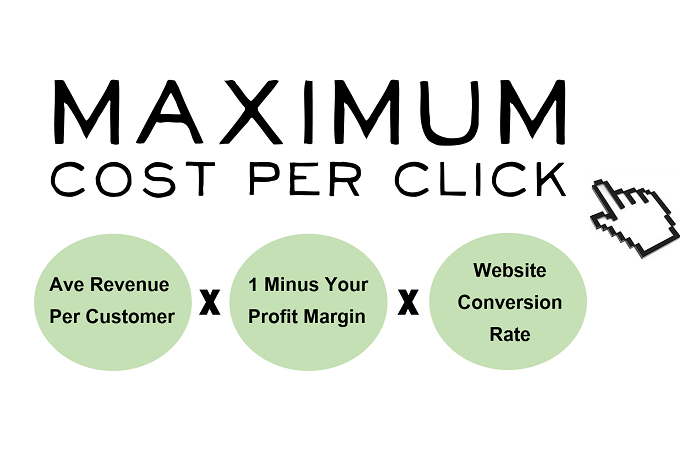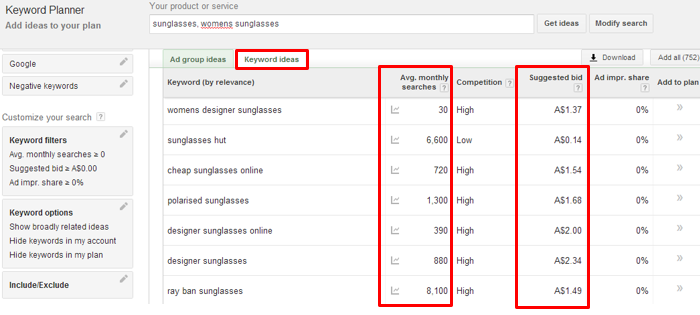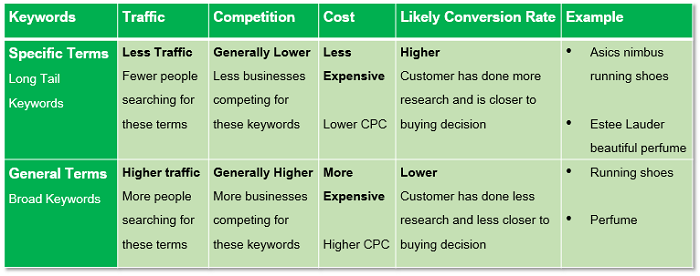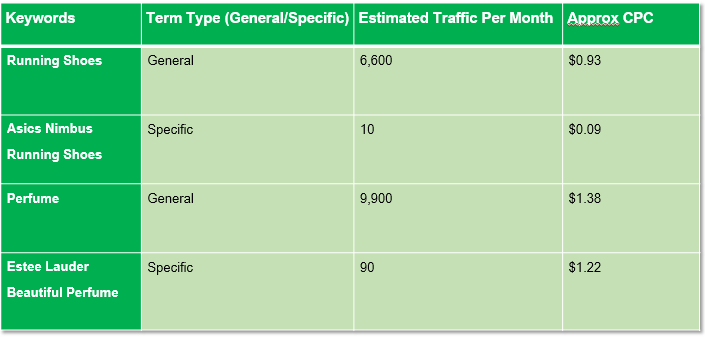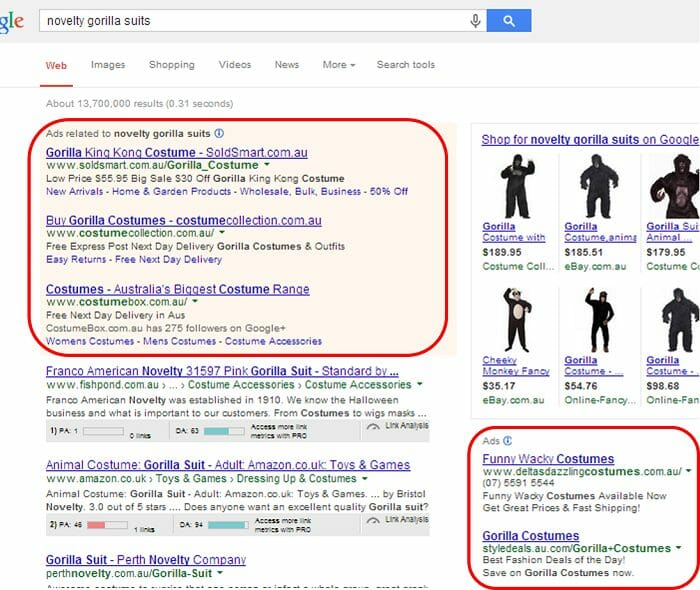 You want to attract more customers to your website and increase your online sales.
You want to attract more customers to your website and increase your online sales.
Google Ads can give you the fast track to hammer away at each of these goals.
Astute planning before you set up your Adwords campaigns will help you drive lower cost, more qualified traffic to your website.
I’ll let you in on our online jungle wisdom to help you maximise your return from the start of your campaign.
The Groundwork
Before you do anything else with your Adwords campaign, check these 4 things:
- Google Analytics is installed on your website – https://www.google.com.au/analytics/learn/setupchecklist.html
- Google Webmaster Tools is installed on your website – https://support.google.com/analytics/answer/1142414?hl=en
- Your Google Analytics and Google Adwords accounts are linked – https://support.google.com/analytics/answer/1033961?hl=en
- Ecommerce tracking is enabled in your Google Analytics – https://support.google.com/analytics/answer/1009612?hl=en
The Structure of an Adwords Campaign
Here’s how an Adwords account is setup:
- You can have multiple campaigns in an account
- Relevant ads are collected together in ad groups within your campaign
- Multiple keywords are attached to ads
Understanding this structure will help you plan your Adwords advertising.
Key Elements in Planning Your Adwords Campaign
- Ads – ad copy, selling points, points of difference
- Budget – monthly budget, daily budget, maximum cost per click
- Keywords – selecting your target keywords, negative keywords
- Landing Pages – best pages to link your ads to
5 questions you need to answer to plan your Ecommerce Adwords campaign
1. What products do you want to promote with Adwords?
Create a comprehensive list of the products that you sell, including variations, different brands, models, colours etc.
2. What do you offer that is better or different to your competition?
Free shipping, over 10,000 products, cheapest prices, exclusive brands, free returns, complimentary gorilla hug with each purchase…
3. What is your monthly advertising budget?
Your budget has a direct influence on the results you will receive from your Adwords. Your budget is set on a daily basis and can be adjusted at any time. Often new users set budgets too low to test the waters. This can be a double edged sword as lower budgets may not generate sufficient traffic for increased sales.
4. Who is your target market?
Are your customers men? Women? Young? Old? Jungle folk? The more intimately you understand your target customers, the easier it is to create effective ads
5. Where are your customers located?
Do you ship throughout the state? Nationally? To New Zealand? The Congo? Is your product pick up only? Maybe you’re trying to lure customers to your physical store? Make it clear in your ad.

Flickr Image Courtesy Thien Zieyung
Adwords Goals
Adwords advertising comes with the ability to measure and track your performance and results with the ultimate precision. Forget the flaky “brand awareness” figures tossed around in your latest print campaign, pay-per-click ads never lie. You still need to set specific goals to give yourself a benchmark to evaluate the effectiveness of your campaign.
Answering these questions will help you set your Adwords goals:
- What sales targets do you want to achieve from your Adwords advertising?
- What is your net profit margin on your products? Some of your stock might not have juicy enough margins to warrant promotion with Google Adwords.
- What is each click worth to your website? This will be hard to define without much experience, but a more concrete figure helps you pinpoint the maximum cost per click for your ad campaign.
- What is each sale worth to your website? Same story as above, but this metric will help determine what your maximum cost per acquisition should be.
Not every click on your Ad will result in a sale. I know, prophetic right? I don’t want to dampen the mood here, but a Gorilla’s gotta keep things real. You definitely need to keep this in mind to help you calculate how much you can pay per click. Just because I’m a particularly gregarious gorilla, I’ll let you in on some online jungle wisdom.
This cheeky little formula will help you come up with a figure:
Too much techie mumbo jumbo?
Imagine for a moment that you sell gorilla suits…
Your average revenue per customer = $200 (They’re schmick suits)
Your profit margin = 25%
Your website conversion rate = 1% (1 in 100 visitors buy a suit from your site)
Your Maximum Cost Per Click = $1.50
So Max Cost/Click = $200 x (1 – 0.25) x 0.01
This means your average maximum cost per click would be $1.50 for you to break even on your advertising. Primate mathematics at its finest.
Flickr Image Courtesy Thisis Bossi
Keyword Research
Good keyword research puts the money in your Adwords bank. Your pay per click is based on the keywords you select and the maximum bid you set for each. The difference between a profitable and non-profitable campaign can come down to the keywords that you decide to target.
Answering these questions will help you set your target keywords:
- What are the different product categories on your website? (Men’s, Women’s, Indoor, Outdoor)
- What words are used to describe your products? (cheap, discount, red, blue)
- What words do your customers use to describe your products?
The Google Adwords Keyword Planner (formerly the Keyword Tool) will help you:
- Identify how much traffic there is for the terms you want to target
- Work out approximately how much it will cost to advertise to them
- Give you some keyword ideas to help you build your keyword list
Tips for Selecting the Best Keywords
Focus on attracting visitors that are closest to a buying decision. You’ll be less likely to pay for clicks that don’t result in a purchase and you won’t need to clog up your precious ad copy with excess information.
Attracting sale-ready leads will affect keywords you select, your ad copy and the landing pages linked to your ads.
Customers that have done their research are more likely to use specific long tail keywords when searching for a product. They may search for a specific brand, model or colour. General browsers are more likely to use broader terms as they compare options to narrow down their search for a product.
The table below outlines the difference between traffic and CPC for general and more specific keyphrases
Competitor Research
Find out what your competitors are doing! This gives you a super starting point to help you identify keywords to target. You might even get a feel for the copy that will make your ad stand out in the online jungle.
What do your competitors ads promote in their ads? Do a Google search for your products and see what Ads are showing on the results page.
Here’s another sneaky gorilla tip from under the online canopy. You can sign up for a free trial of the Keyword Spy Tool www.keywordspy.com to access the keywords your competitions are using and other useful competitor info.
If you want more ideas to help you write super successful Adwords ads, you can find a bunch of top class example ads in one of our previous posts here.
Key Takeaways for Adwords Planning
- Spend extra time planning and setting up your Adwords – It’ll pay off in the long run
- Calculate the maximum cost per click you can afford to pay
- Do your keywords and competitor research
- Target specific terms where searchers are closer to a buying decision
- Use our sneaky gorilla tips to make your planning easier
You’re all set to dominate your customer’s search results. If you have any questions, or you need some help with your Adwords strategy, make sure you reach out and get in touch. I’m not as aggressive as your typical African primate. I’m also more skilled with email.
Good luck. Gorilla out.
